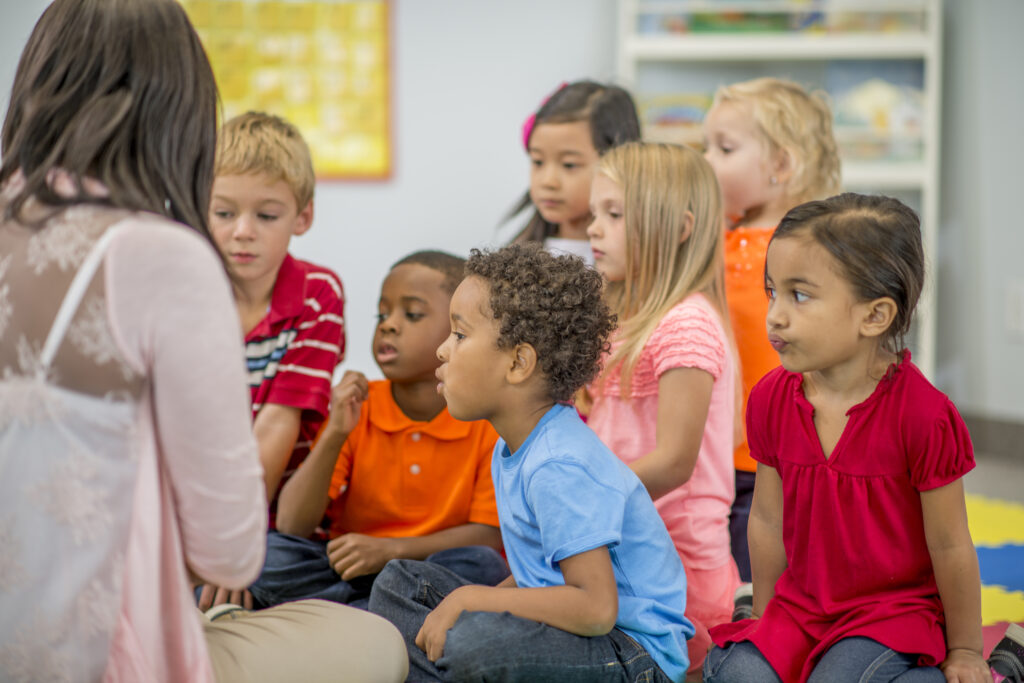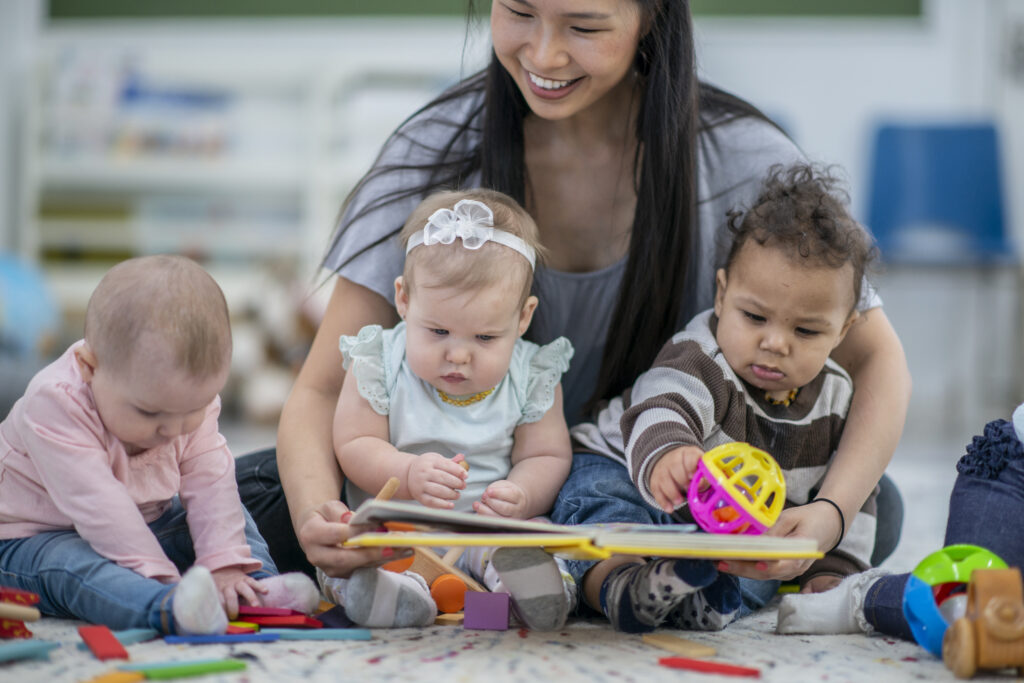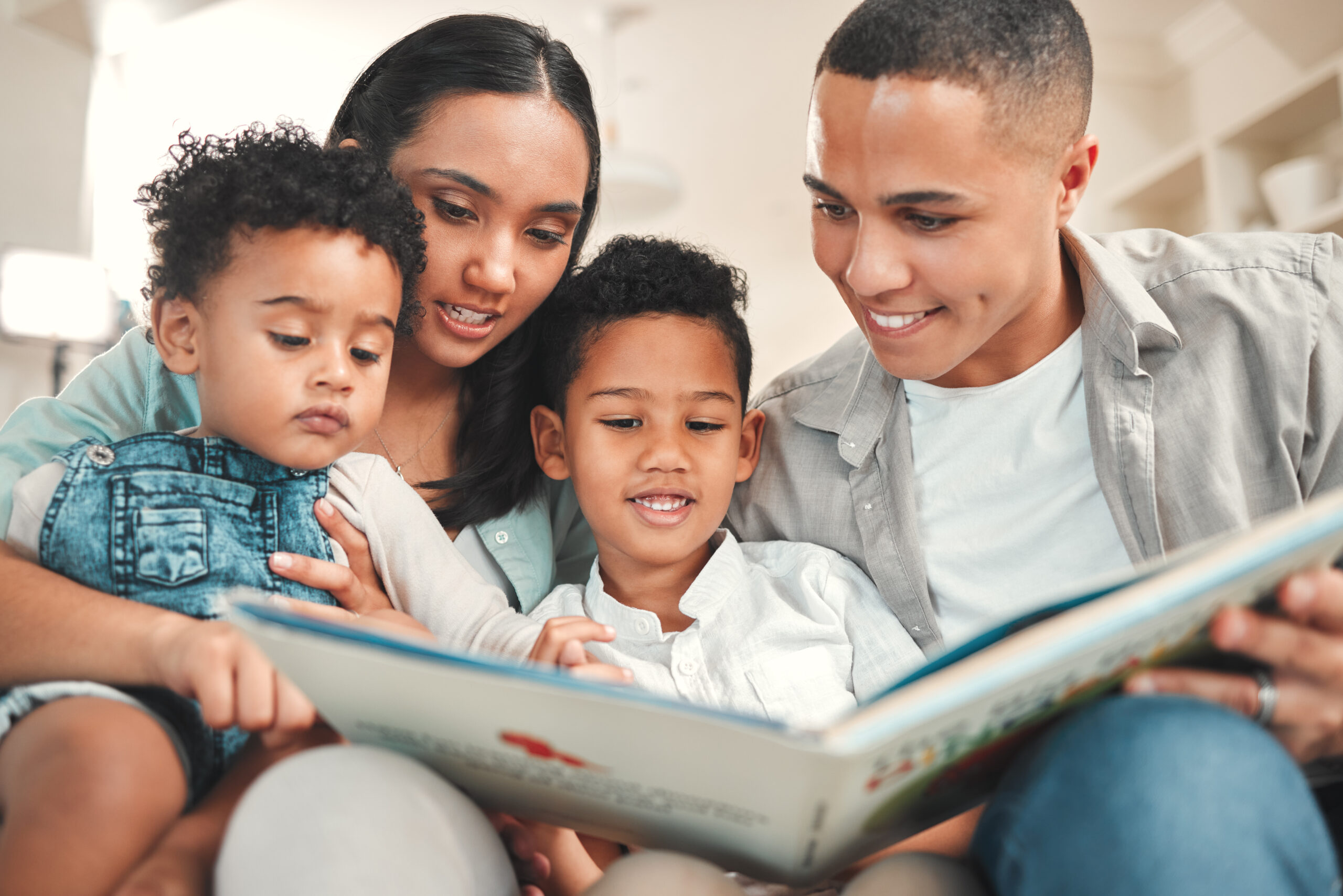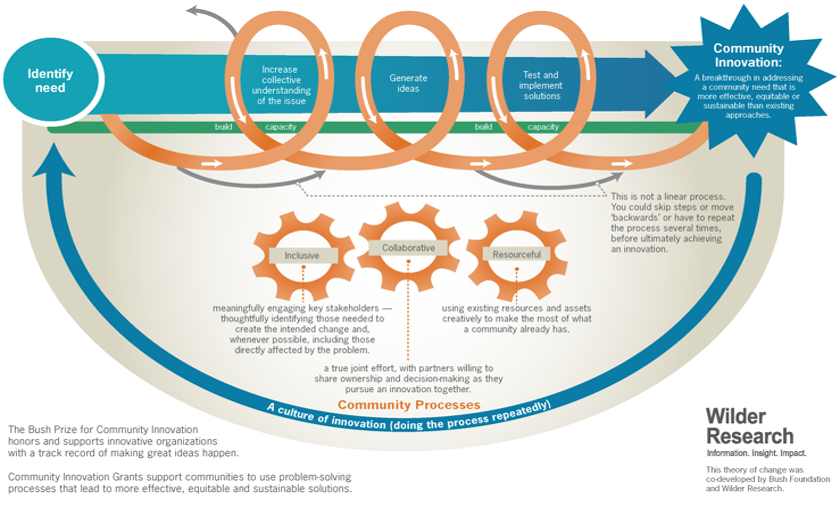

Increase education and awareness
Enhance awareness and education of the importance of literacy/brain development for children 0-3. Assure all parents and guardians are aware of and accessing resources such as:
Parent Powered Texts
Little Moments Count public service announcements
Parent Aware
Help Me Grow
Optimize Community Connections
Optimize each touchpoint with parents/guardians and children. Enhance opportunities to engage and influence parents, guardians and families at child care centers, pediatricians/other medical professionals offices, parks and recreation facilities, faith communities, business and restaurants, food shelves and places that interact with children and their families.
Surround Children with Support
Determine at every touch point encounter where there is an indicator that parents or guardians may need support offer nurturing relationships and opportunities and when a child is assessed as falling behind appropriate interventions are initiated
•Right Time
•Right Intensity
•Right Resources
Support Families
Every child deserves an equity of opportunity to develop their brain by age 3. Every parent wants life to be better for their child. If, for whatever reason, a parent or guardian isn’t able to provide adequate opportunities to develop their child’s brain, it is an opportunity for a community to support that parent with authentic culturally-responsive peer support to ensure every child does.
Be Culturally-Responsive
The litmus test for crafting, implementing and evaluating community action is how authentically the voices and needs of families most negatively impacted by current approaches to literacy development are at the forefront. Rally to Read Coalitions work to create authentic, culturally-responsive strategies to implement each of the action plans.

How: Community Literacy Coalitions
Launch Grassroots Community Reading Coalitions
Initiate a Community Innovation Process to Mobilize Minnesota’s Abundant Social Capital
Initiate a Community Innovation Process to Mobilize Minnesota’s Abundant Social Capital: Community Reading Coalitions, led by community members trained in a Community Innovation Process will examine the need within the community, increase collective understanding of the issue, generate ideas based on best practice, test and implement solutions, and monitor progress to achieve results. The Community Innovation Process is:
- Action oriented
- Focused on results – strategies that achieve the BHAG
- Infused with urgency
- Designed for targeted universalism
- Reflective and respectful of the community and is culturally curated
- Using trendline data of the general population and of subgroups who experience inequities
- Accountable to core measures of success
- Tapping the wisdom of community early childhood educators, teachers, and literacy experts
- Optimizing brain development from birth to age 3
- Grounded in empirical best practices and informed by the science of reading, neuroscience, brain development, early childhood development, school readiness, and workplace readiness.
- Building on successful initiatives already operating in the community
- Not bogged down in cross agency bureaucracy, unfocused meetings or cumbersome decision-making processes
Build on what exists and what works
Map successful community-based science of reading programs, early childhood learning programs, organizations, and tutoring initiatives that currently exist. Scale up these efforts and innovate new approaches to augment the classroom reading education reforms of the MN Read Act. Tap the local expertise of teachers, early childhood care and education providers, pediatricians, medical professionals and those with keen insight into what works and what is needed to reach the goal.
Begin at Birth
Begin at birth to maximize the unprecedented brain development (80%) that occurs in the first 3 years of a child’s life. A child’s brain generates 100,000 new neurons each day. These neurons either get put to use or the child’s brain prunes them – they wither and never return. Literacy skill development begins at birth.
What constitutes a “community”
What constitutes a “community” will be self-determined. Communities could be constituted based on:
- Geography (including, schools, school districts, towns, regions etc.),
- Demographic identity (including nationalities, ethnic groups, tribal nations,, faith communities, language of origin, gender, age),
- Participation in a program (including pre-school, child care, Early Childhood Family Education, Head Start, afterschool, Boys and Girls Clubs, etc.)
The Facilitated Community Innovation Process guides a community toward achieving the goal. The process explores:
- How is the community doing with reading proficiency?
- Examine reading proficiency data trends for the entire community and subgroups who experience inequities.
- Explore “what is the story behind the data?”
- How does the community interpret / understand what is going on?
- What is contributing to these statistics?
- Who are the partners who have a role to play in achieving the BHAG?
- What works to improve reading scores?
- How does empirical evidence inform our community strategies?
- What strategies would work best in this community?
- Determine an action plan.
- What are the three best ideas/strategies?
- What are some low cost / no cost ideas?
- Establish how the community will measure progress. What are the benchmarks of success?
State Supported Local Grass-Roots Solutions:
The Facilitated Community Innovation Process guides a community toward achieving the goal. The process explores:
- How is the community doing with reading proficiency?
- Examine reading proficiency data trends for the entire community and subgroups who experience inequities.
- Explore “what is the story behind the data?”
- How does the community interpret / understand what is going on?
- What is contributing to these statistics?
- Who are the partners who have a role to play in achieving the BHAG?
- What works to improve reading scores?
- How does empirical evidence inform our community strategies?
- What strategies would work best in this community?
- Determine an action plan.
-
The MN Rally to Read Community Innovation Action Planning will be coordinated, resourced, and led by a Statewide Steering Committee. This Statewide Steering Committee will:
- Champion the BHAG (Big Hairy Audacious Goal).
- Determine benchmarks for achieving the goal.
- Fund MN Rally to Read to assure adequate resources for success.
- Implement a targeted universalism strategy to emphasize the children that need it the most.
- Assure that all elements of the MN Rally to Read are grounded in empirical research informed by the science of reading, neuroscience, brain development, early childhood development, school readiness, crime patterns, juvenile detention and workplace readiness.
- Engage teachers and early childhood educators and practitioners in the community to identify effective community support for their work.
- Provide education on empirical research to inform Community Literacy Coalitions.
- Design MN Rally to Read to foster grass-roots community grown solutions.
- Allow Community Literacy Coalitions to self-establish according to criteria that matters most to them what they believe will produce the best results for their community. (Identifying criteria could include: geography, school district boundaries, racial/ethnic/affinity criteria etc.)
- What are some low cost / no cost ideas?
-
- Establish how the community will measure progress. What are the benchmarks of success?
Measuring Success
Data tracking benchmark dashboard: A statewide dashboard of trend data to measure benchmarks of success will be created and local communities will gather the same set of data to measure their progress on achieving the goals.
Benchmarks:
- All children are wired to read at age 3, and
- Read proficiently at every grade level
Evaluation: MN Rally to Read Community Literacy Coalitions will implement best practice strategies and will track data to evaluate the effectiveness of that strategy in contributing to the achievement of benchmark goals. Communities will monitor progress quarterly by evaluating dashboard data to determine if the strategy is providing an appropriate return on investment for achievement of benchmark success. Literacy Coalitions will adjust strategies and investments accordingly.
Sharing best practices:
Each Community Literacy Coalition will showcase best practice strategies that are demonstrating success in achieving progress in reaching benchmark goals with other Community Literacy Coalitions. Twice yearly MN Rally to Read communities will gather to share best practices.
Awards will be given to communities that are achieving the most progress in the shortest time reducing inequities.
Fund the Campaign to Sustain Success:
A dedicated stream of funding will be secured from public, private and philanthropic sources to sustain the intensity needed to sustain local strategies to achieve their benchmark goals.
An appropriations bill was introduced this legislative session in Minnesota’s House of Representatives (HF 5349) and in Minnesota’s Senate (SF 5402) requesting $250,000 that requires matching private funds.

